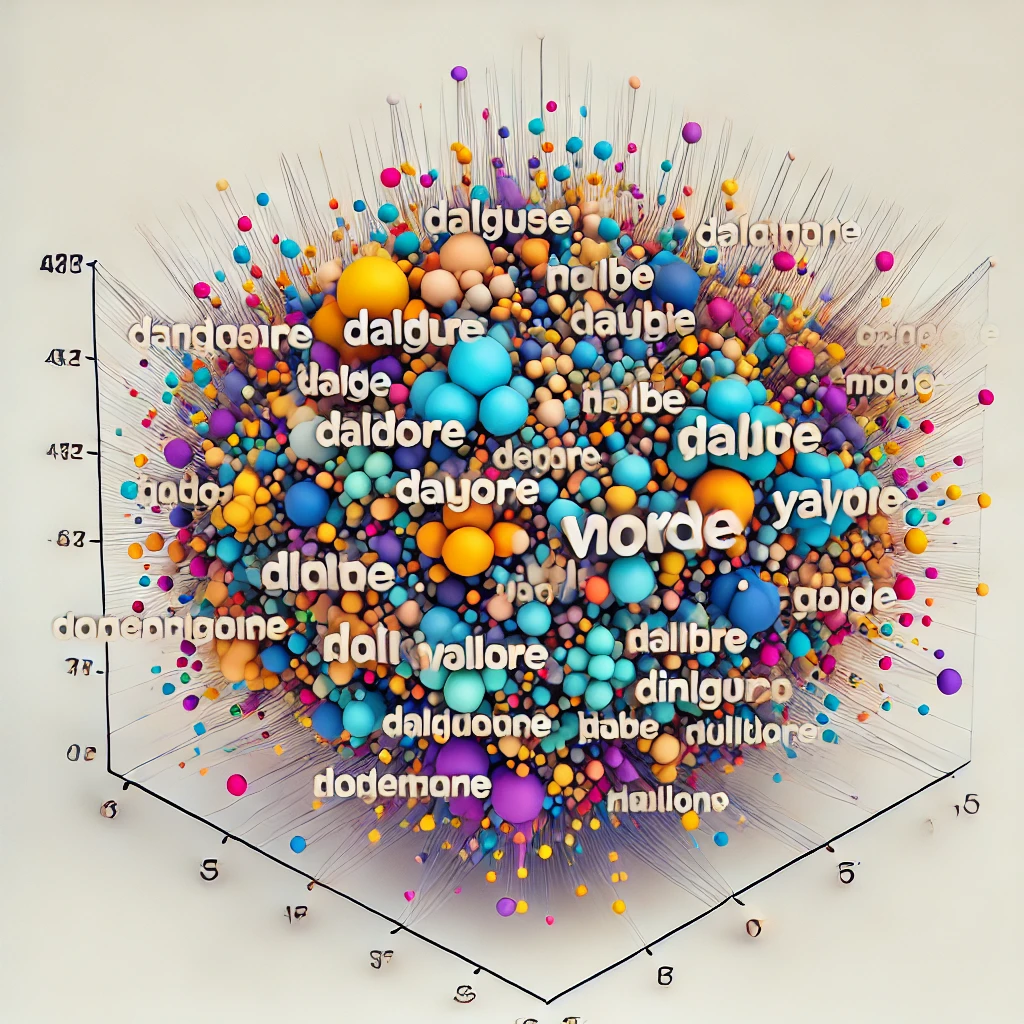Artificial Intelligence (AI) has been rapidly evolving, and one of the most significant developments in recent years is the integration of code interpreters into large language models (LLMs). Code interpreters allow AI models to execute code snippets, thereby enhancing their capabilities beyond just natural language processing (NLP). This blog post explores the concept of code interpreters in AI, highlights which models are currently using them, and examines their impact on the field.
What Are Code Interpreters in AI Models?
A code interpreter in an AI model refers to a system that allows the model to not only understand and generate code but also to execute it within a controlled environment. This capability enables the model to perform more complex tasks, such as solving mathematical problems, running simulations, and even automating certain types of data analysis.
Traditional AI models were limited to generating code as text. However, with the introduction of code interpreters, these models can now test and refine the code they produce, providing more accurate and useful outputs.
Which Models Today Use a Code Interpreter?
Several models have integrated code interpreters to enhance their functionality. Below are some of the most notable ones:
- OpenAI’s GPT-4 with Code Interpreter
- Overview: OpenAI’s GPT-4 introduced a code interpreter, often referred to as “ChatGPT with code execution.” This feature allows the model to run Python code, making it particularly useful for data analysis, mathematical problem-solving, and even generating visualizations.
- Success: This version of GPT-4 has been widely adopted, especially among professionals in data science, finance, and academia. Its ability to execute code on the fly has made it a go-to tool for complex problem-solving.
- Google’s Bard
- Overview: Google’s Bard, another conversational AI, has also incorporated a code interpreter. Bard focuses on enhancing code understanding and execution, particularly in Python and JavaScript. This allows users to quickly prototype and test code snippets during interactive sessions.
- Success: Bard’s code interpreter is praised for its speed and versatility, making it popular among developers for rapid testing and debugging. Its integration into Google’s ecosystem further boosts its utility.
- Anthropic’s Claude
- Overview: Claude, developed by Anthropic, is a model designed with safety and alignment in mind. It includes a code interpreter that can execute Python code, making it suitable for tasks that require high accuracy and safety considerations.
- Success: Claude’s cautious approach to code execution, focusing on alignment and reducing harmful outputs, has made it a favorite in domains requiring high reliability, such as healthcare and finance.
- Meta’s Code LLaMA
- Overview: Meta has introduced Code LLaMA, an extension of their LLaMA model designed specifically for code generation and interpretation. This model can execute code across multiple languages, including Python, JavaScript, and C++.
- Success: Code LLaMA has been successful in open-source communities and among developers looking for a robust tool for multi-language code execution and generation.
The Impact of Code Interpreters on AI and Beyond
The integration of code interpreters into AI models has significantly broadened the scope of tasks these models can handle. Here are some key impacts:
- Enhanced Problem-Solving: Models like GPT-4 with code execution can solve complex mathematical and analytical problems more effectively, providing not just solutions but also the underlying code and logic.
- Automation: Code interpreters enable the automation of tasks that require code execution, such as data analysis, report generation, and even some aspects of software development.
- Education: These models serve as powerful educational tools, allowing users to learn coding and debugging interactively.
- Innovation: By allowing models to execute code, new possibilities emerge for AI applications in fields like engineering, research, and even creative industries.
Challenges and Considerations
Despite their success, the integration of code interpreters in AI models is not without challenges:
- Security Risks: Executing code in real-time poses security risks, especially if the environment is not properly sandboxed.
- Resource Intensity: Running code requires significant computational resources, which can limit the accessibility and scalability of these models.
- Accuracy: Ensuring that the code execution produces accurate and reliable results is an ongoing challenge, especially in complex or less understood domains.
Conclusion
The advent of code interpreters in AI models marks a significant leap forward in the capabilities of AI. Models like GPT-4, Bard, Claude, and Code LLaMA are leading the way, offering powerful tools for developers, data scientists, and researchers. As this technology continues to evolve, it will undoubtedly unlock new potentials, making AI an even more integral part of our technological landscape.
References
